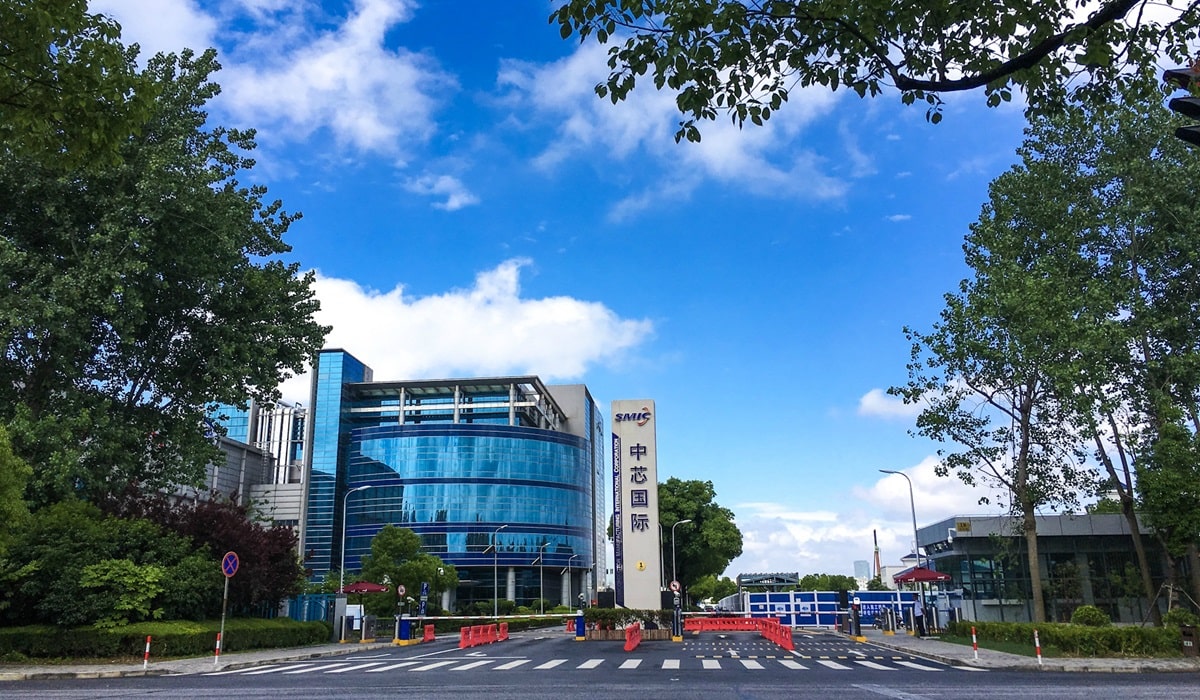Collins Bay Institution has become the most recent Canadian prison to implement supervised injection sites within its walls, marking the third facility within the Canadian penal system. While these sites are intended to mitigate the harm associated with drug use in correctional facilities, the ongoing problem of drug smuggling brings into question their overall efficacy and security measures.
Supervised injection sites, originally established outside correctional facilities, have been recognized as valuable tools for mitigating the health risks of drug addiction. They offer a safe and monitored environment for inmates to use drugs, reducing the likelihood of fatal overdoses, the transmission of infectious diseases, and other negative health outcomes.
In Canada, the first supervised injection site within a prison was introduced at the Drumheller Institution in 2018, followed by the Edmonton Institution in 2020. Collins Bay Institution, located in Ontario, joined this list in 2023, signalling a broader acceptance of harm reduction strategies within the penal system.
Despite the noble intentions behind supervised injection sites, the issue of drug smuggling remains a persistent problem in prisons. How do drugs continue to find their way into these secure environments?
Resource constraints and drug smugglers’ ingenuity within prison facilities pose significant challenges. Prisons often grapple with limited resources and understaffing, making it challenging to uphold stringent security measures. These limitations create vulnerabilities that smugglers can exploit. Furthermore, those determined to smuggle drugs into prisons employ ingenious techniques, concealing contraband within legal documents or using drones to drop illicit substances inside prison walls. This continual display of cunning tactics complicates the fight against drug smuggling.
Another concerning aspect of drug smuggling in prisons involves corrupt staff members. Regrettably, certain prison personnel may become complicit in smuggling operations through coercion or their own volition. This internal threat further complicates security efforts, eroding trust within the correctional system. Additionally, overcrowding in prisons exacerbates the issue. Overcrowded facilities can descend into chaos, making it increasingly challenging to monitor inmates effectively. This chaotic environment becomes fertile ground for the distribution of drugs and other contraband, intensifying the challenges faced by correctional authorities.
While supervised injection sites represent a compassionate response to inmates with addiction issues, addressing the persistent problem of drug smuggling requires a multifaceted approach. Investments in advanced technology, comprehensive staff training, and stricter visitation protocols are essential to enhance the security within prisons.
Concurrently, efforts should extend beyond harm reduction to include comprehensive rehabilitation and support programs, encompassing addiction treatment, counselling, and educational initiatives. These programs aim to help inmates confront their substance abuse issues and prepare for eventual reintegration into society. Moreover, combating corruption necessitates robust internal investigations and the strict enforcement of anti-corruption measures within the prison system. Only by addressing these challenges can the prison system effectively balance the safety and well-being of its inmates with the need for security.
Image source: Wikipedia









